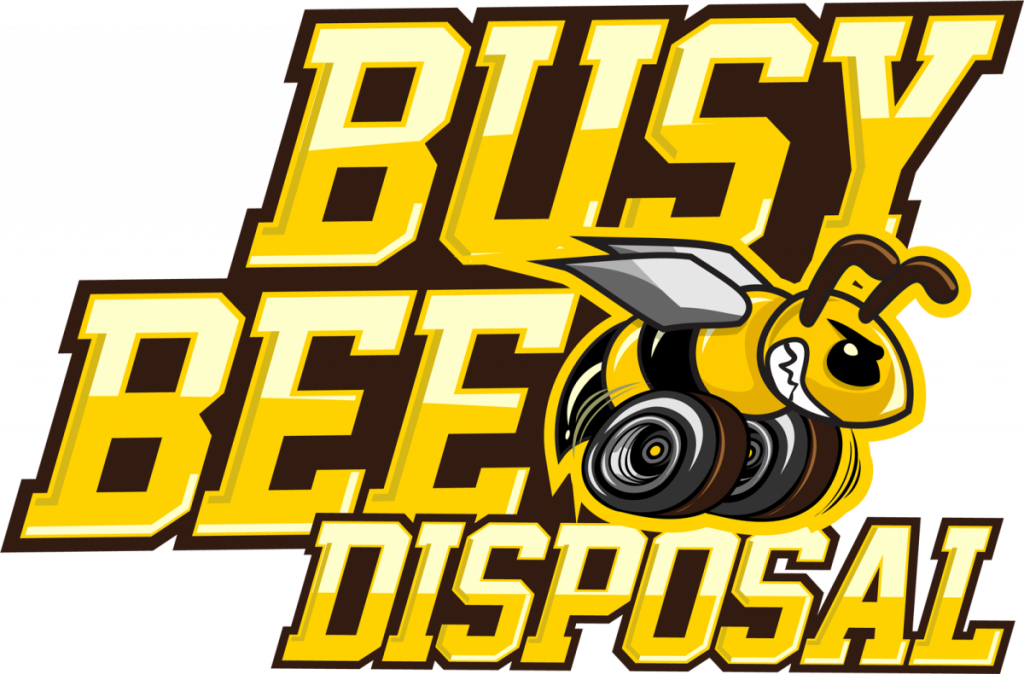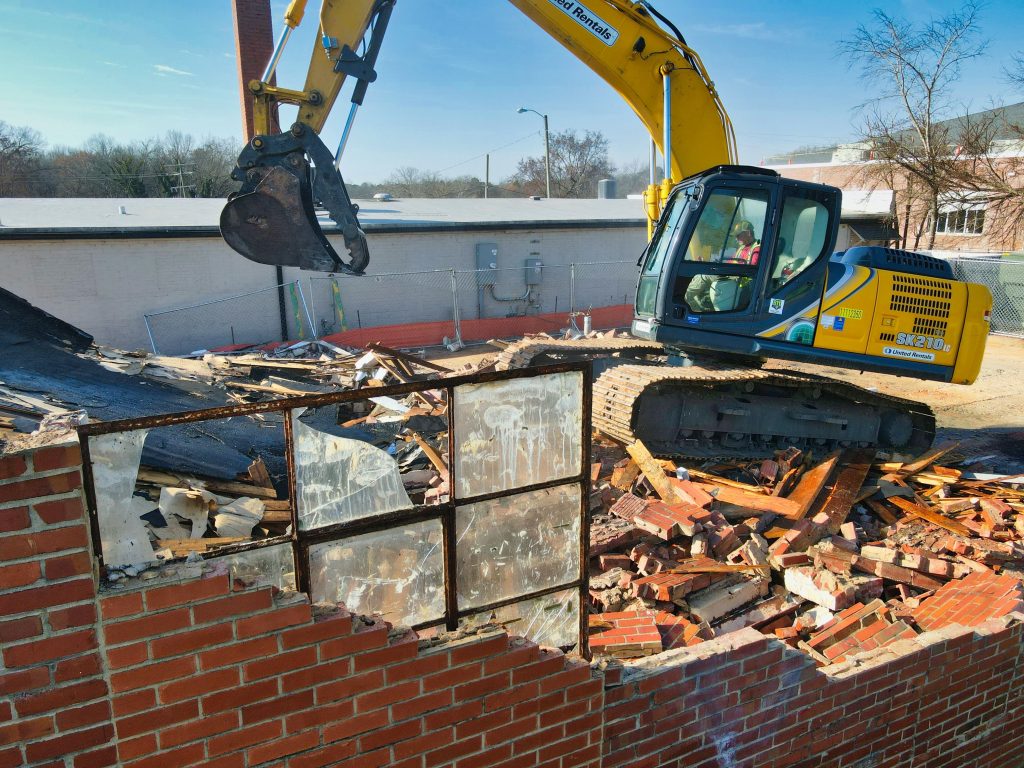Residential demolition can be a dirty, dusty and sometimes dangerous job. Here is a list of the basic safety precautions required to keep you safe while performing any kind of demolition work. It’s a long list but these are not optional items – they need to be addressed every time (and you probably should read them). If in doubt, contact your local health department or OSHA office for clarification on any requirement which may not be specifically listed here.
Use PPE (Personal Protective Equipment)
Respiratory Protection
Always wear a respirator when working with dust. Dust particles are too small to be seen by the unaided eye and they can cause permanent lung damage if inhaled. Asbestos is particularly dangerous since its effects can take decades to manifest themselves after initial contact (you also do not want asbestos fibers lodging in your lungs for several years). A filtered Respirator rated for dust work is best. They come with either foam or rubber pre-filters which must be changed frequently (every few hours) depending on how dusty or dirty the work is.
Safety Glasses and Goggles
Use Safety glasses or goggles to protect your eyes while working on any demolition project. This goes without saying but it’s still required under OSHA regulations (and common sense). Don’t assume that goggles can always prevent particles from entering your eyes – some will get by even the most secure fitting pair of safety glasses or goggles. That means you should also wear face shields if there is a possibility of small debris like wood splinters getting in your eye during the course of your work. Eye protection shouldn’t be considered optional for this type of work. It prevents potentially serious damage to your eyes in a very short amount of time and it’s a requirement in most states (even if they call them safety glasses).
Protective Clothing
Wear protective clothing when necessary. Respirators, goggles or safety glasses will do little to prevent injury from flying debris coming from demolishing materials such as brick, stone or concrete. If you’re working with such materials then wear long pants and long sleeves that cover your forearms and hands – refer to OSHA’s publication titled “Personal Protective Equipment” for more information about the specific type of gear you should wear while doing demolition work. Under no circumstances should you go into a job site wearing shorts and ordinary work gloves which offer little protection against sharp or rough surfaces.
Building Collapse Rescue Procedures
Before beginning any demolition project that could endanger anyone working below your work area you should have a means of warning others in the building about what you’re doing and how they can evacuate if necessary. To do this, tie off a length of strong string to something secure at one end (make sure it’s directly above where you’ll be working) and leave enough slack so that it will drop down between two objects which are placed at least 6 inches apart. Tie another length of string at the other end, which is long enough to drop all the way down to ground level – then tie something heavy on the end of it like a metal washer or nut. Drop down your string when you reach the top of the wall or ceiling that needs to be removed.
Avoid Toxins in The Air
If demolition operations will occur in close proximity to areas where there are people, shut off fans that would allow dust from above or below your work area into occupied spaces. Close outside doors and windows if possible, but be aware that high winds may cause a problem for you. Usually it is better to leave them open so you can hear any warning sounds from traffic etc. This should not be done if your work area will release dangerous materials such as asbestos fibers which have been banned for many years. Under no circumstances should fresh air be allowed to pass into a work area where asbestos, lead dust or any other toxic material has been disturbed.
Proper Ventilation
The Job Site itself should also have adequate ventilation. You don’t want to make the mess worse without creating an additional hazard by trapping dust and fumes inside your work area. Fans can be used but they must be fitted with HEPA filters which trap particulate matter down to 0.3 microns in size (that’s 1/300th the diameter of human hair). Dust and debris will settle over time so it’s a good idea to place fans up high on supports which allow you to raise them as the job progresses and materials are removed from surfaces below them. However, these types of fans which blow air directly into the air are not very effective. The best approach is an air duct which draws exhaust air out of your working area to a point outside the building, away from occupied spaces.
Contact Busy Bee Disposal
For all your commercial or residential demolition services, contact Busy Bee Disposal. Give us a call at (781) 605-8277 or contact us here for more information.



